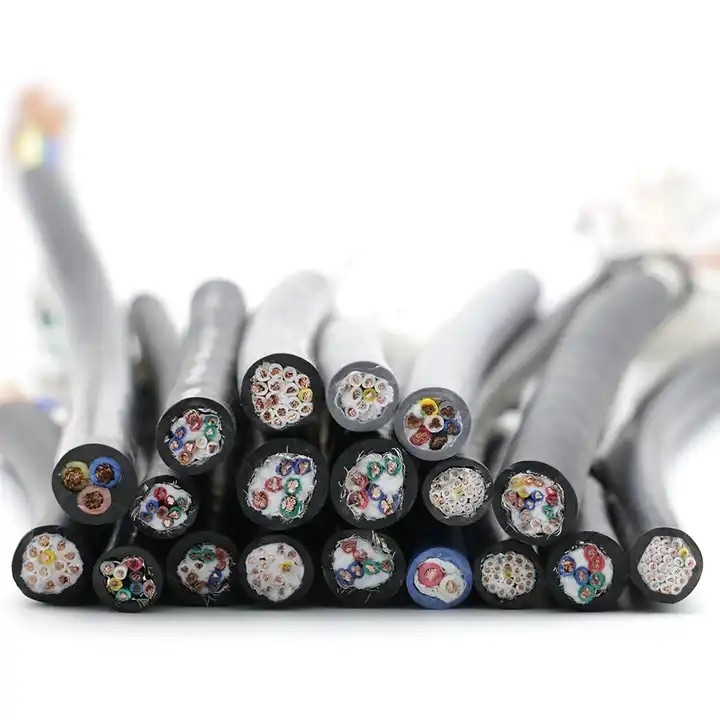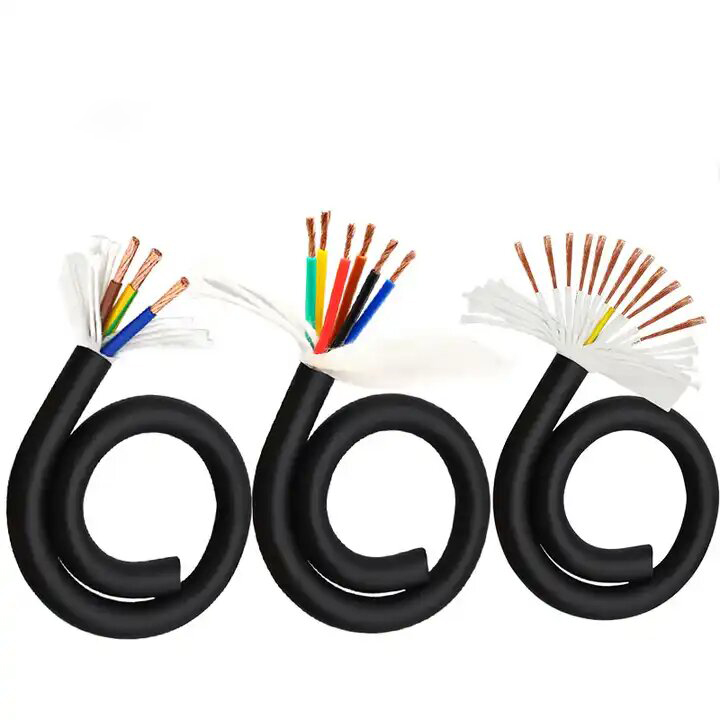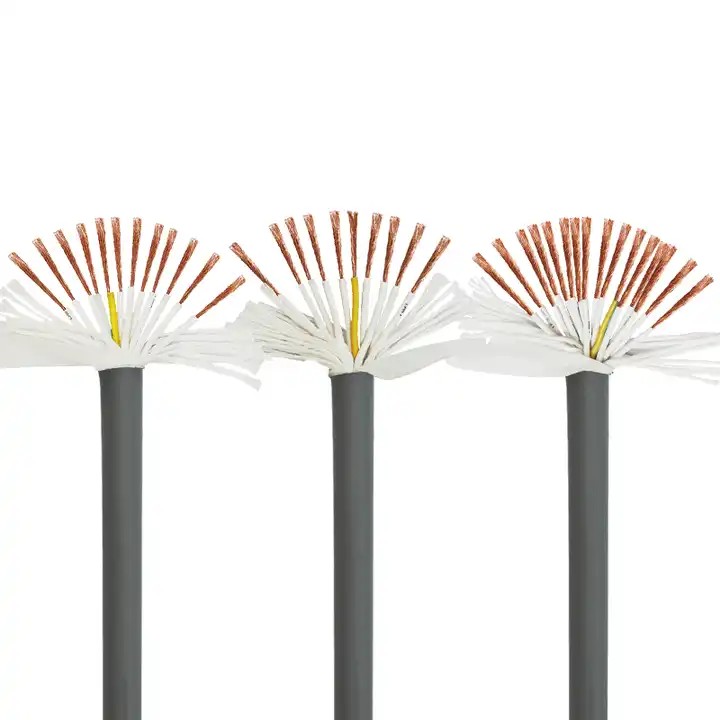What Is the Difference Between TRVV and TRVVP Cables?
Published:
2024-07-02 13:38:41
Understanding these differences ensures that you select the right cable type for your specific needs, optimizing performance and reliability in your industrial or automation systems.
TRVV is a highly flexible drag chain cable, suitable for installation under continuous reciprocating motion indoors, such as drag chain systems of intelligent machinery and equipment, logistics systems, mechanical automation systems, etc., such as CNC machine tools, heavy machinery factories, automobile manufacturing and other occasions.
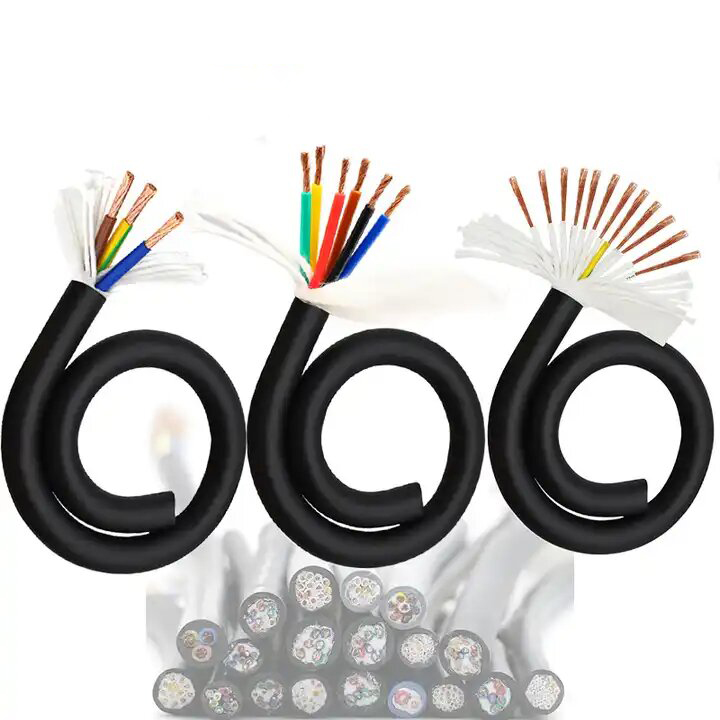
Features of TRVV drag chain cable:
1. It is waterproof, oil-resistant, cold-resistant, wear-resistant, bending-resistant, corrosion-resistant, flame-retardant, highly flexible, and has a bending life of more than 10 million times without breaking the core.
2. The use of high-quality polyvinyl chloride material has certain flame retardancy, anti-aging, wear-resistant and non-deformable, flexible and not easy to break.
3. It uses multiple strands of ultra-fine oxygen-free copper wire, which has low resistance, good conductivity, stable voltage without heating, strong load capacity and long life.
When using TRVV wire cable, you need to pay attention to the following points:
1. Avoid excessive bending or twisting of the cable to avoid cable damage or short circuit.
2. The appropriate number of cable cores and specifications should be selected according to actual needs to ensure that the cable can transmit signals normally.
3. Avoid using the cable in a humid, high temperature or cold environment for a long time to avoid affecting the service life of the cable.
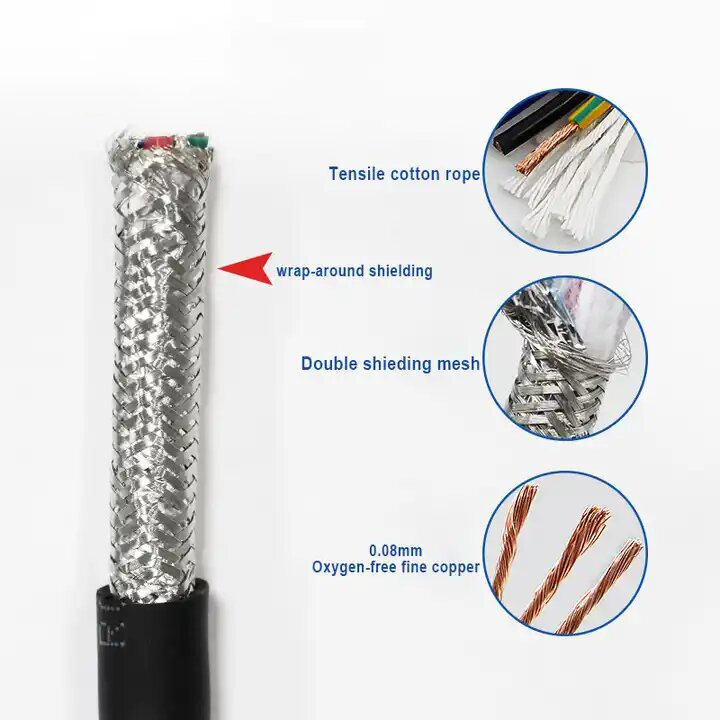
The difference between TRVV and TRVVP lies mainly in their structure and material. TRVV cable is a copper core conductor, PVC insulated, PVC sheathed high-flexible drag chain cable, which is usually used in places with good environmental conditions. TRVVP cable is also a copper core conductor, but it is a PVC insulated, PVC sheathed, and copper mesh braided shielded high-flexible drag chain cable. It is usually used in environments with external interference and can help reduce signal interference. TRVVP cable consists of multiple soft copper wires twisted together, wrapped with a PVC insulation layer to form a "wire core", and multiple wire cores are twisted into a "cable core", which is then braided and wrapped with copper wire, and the outermost skin is wrapped with a PVC outer sheath. TRVVP can be used in places with strong electromagnetic signal interference, which is not available in TRVV. TRVV and TRVVP are both flexible drag chain cables, TRVV is an unshielded cable, and TRVVP is a shielded cable. The function of the shielding layer is to isolate the electromagnetic field noise source from sensitive equipment and cut off the propagation path of the noise source.
Choosing between TRVV and TRVVP cables depends on the specific requirements of your application. If you need a flexible cable for use in environments without significant EMI, TRVV cables are a suitable choice. However, if your application involves environments with high electromagnetic interference, TRVVP cables provide the necessary shielding to maintain signal integrity while offering flexibility and durability.


